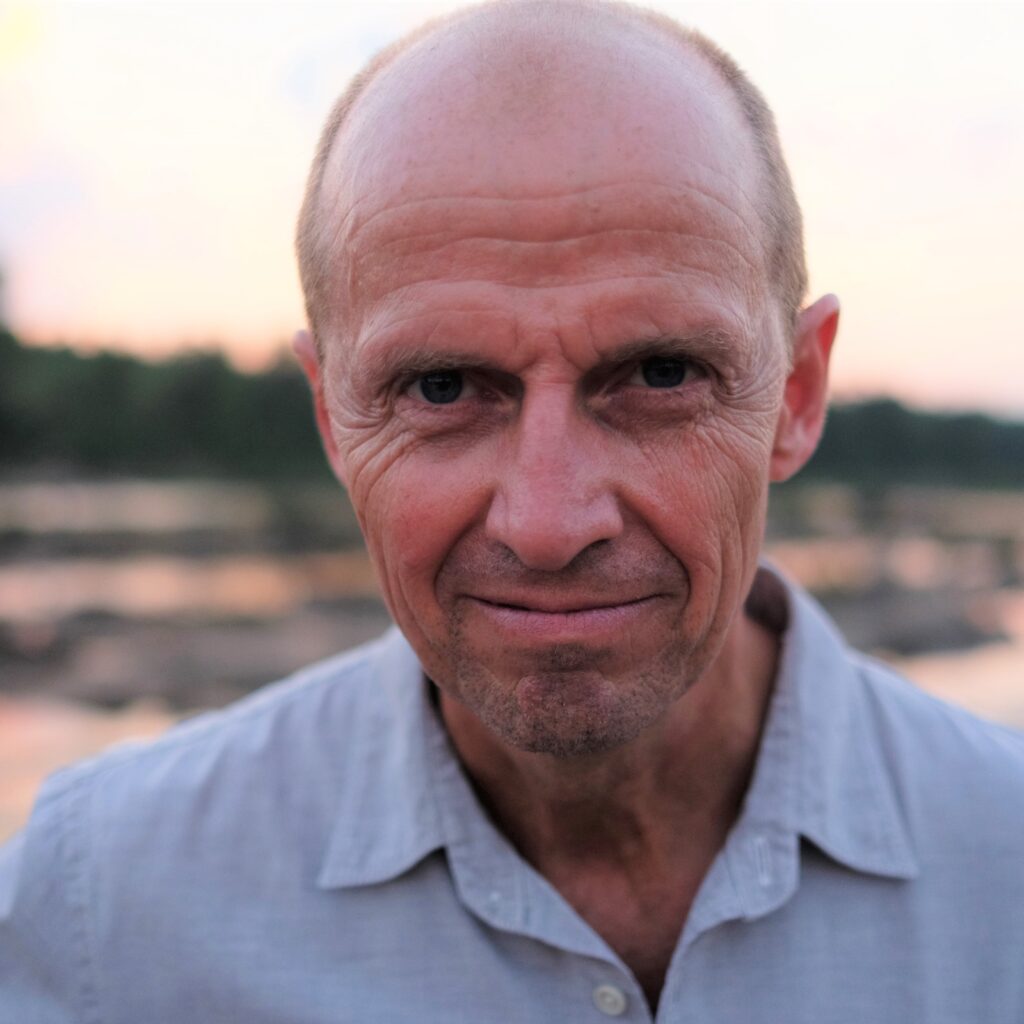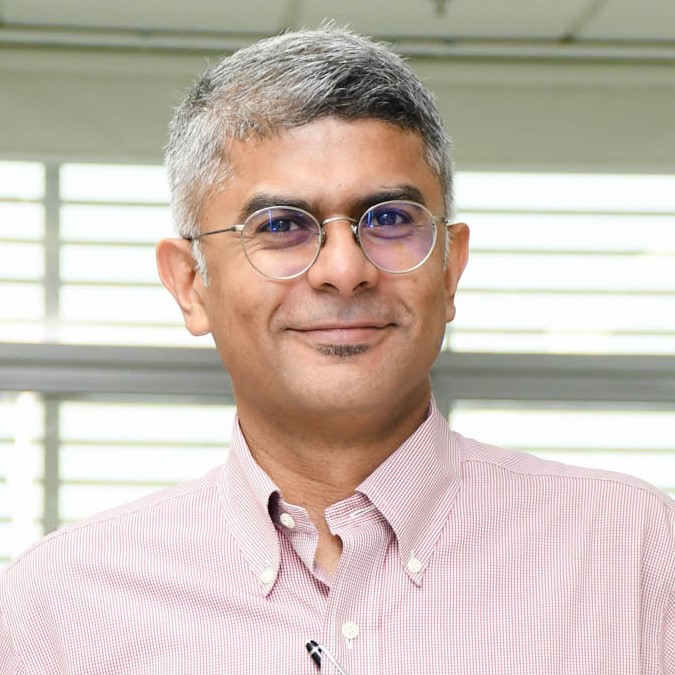This Summer, twenty-eight leading malaria scientists from 10 countries issued an urgent call to action in the journal Science to stop drug-resistant malaria spreading in Africa. In a recent discussion with Malaria No More, two of the malaria scientists from the Center for Tropical Medicine and Global Health, Dr. Lorenz von Seidlein and Dr. Mehul Dhorda, discussed how resistance levels to the critical drug artemisinin have soared in recent years, potentially putting millions of lives at risk, as well as recommendations to help tackle the emerging threat.


How has the mosquito changed over the past several decades?
SEIDLEIN: Mosquitoes carrying malaria have become increasingly resistant to the insecticides that have routinely been used in the past, including pyrethroids, organochlorines, organophosphates, and carbamates. Plus, we are seeing that insecticide resistance is being reported more frequently in Africa.
DHORDA: Essentially, resistant parasites are becoming more transmissible and there is higher abundance of mosquitoes to transmit them. So essentially, a double whammy. Without addressing the mosquito problem, we cannot completely address the drug resistance problem. It has to go hand in hand.
That is why we wrote this paper on what we are seeing in terms of drug resistance across eastern Africa. The goal was to make a bit of noise about the problem, so that more people hear about this challenge. We know something must be done pretty quickly.
How much is the spread of artemisinin-resistance (ART-R) compromising the efficacy of malaria treatments and control?
SEIDLEIN: There are considerable regional differences in ART-R. Resistance was first found in the Greater Mekong Subregion of SE Asia. Poor treatment responses have resulted in changes in first line treatments in the region. In eastern Africa ART-R has been reported more recently. That has led to prolonged parasite clearance times. This is a good moment to switch to more appropriate first line treatments. However, few national malaria control programs are willing to invest large resources into a change in first line treatment in the absence of documented damage, such as increasing malaria mortality. Our point is that we want to prevent the damage before it happens, i.e. change treatment based on early signs and don’t wait for increasing mortality.
DHORDA: In Southeast Asia, drug resistance to artemisinin was detected in the mid to late 2000’s. And then within about 6 to 8 years of that, we started seeing treatment failures. Now, essentially all of the parasites in certain countries in Southeast Asia, are artemisinin resistant.
In eastern Africa, the first reports were published, in 2020 or 2021, but they were based on parasites in samples which were collected a few years earlier. So, if you look at the timelines, then we are roughly at the point as compared to Southeast Asia, where after the detection of artemisinin resistance, we started seeing the first treatment failures, with artemisinin-based combination therapies.
Overall, people know about the problem. People are worried about the problem. Now we just need to see whether it translates into actual action, and a lot of it will depend increasing investments.
You and your colleagues are warning that urgent action is needed to prevent a surge in malaria-related sickness and death in East Africa. Why? And what needs to happen?
SEIDLEIN: To prevent increasing malaria related mortality, it is critical to switch first-line treatment early as outlined above. But it seems likely that with time the resistance problem will come back because the parasites will become resistant to the next generation of antimalarials. We aim to reduce the malaria burden and ultimately eliminate malaria as the ultimate strategy to prevent the spread of resistance.
We have published with colleagues based in Africa a list of approaches to reduce the transmission of malaria. We believe all of these approaches should be implemented everywhere in eastern Africa as soon as possible.
DHORDA: Essentially, we are trying to prevent a problem. Based on modelling and what we've observed, and that always is a harder sell as compared to saying there is a problem now, like a fire has broken out. So, what we're saying is basically that we must invest before a fire – or cases break out.
This summer, a 2nd malaria vaccine is rolling out – how impactful will this be against artemisinin -resistance?
SEIDLEIN: The malaria vaccines could play a major role in the control and ultimately the elimination of malaria. Two conditions are required to make an impact on the transmission of malaria including ART-R.
First, the entire population at risk needs to be vaccinated. There will be little or no impact on malaria transmission if only children are vaccinated, and the transmission continues in the rest of the population. This is a delicate point as most countries currently consider vaccinating children a major achievement and the task of vaccinating the entire at-risk population can be perceived as overwhelming
Secondly, this will require adequate vaccine supplies. RTS,S/AS01, the first licensed malaria vaccine is produced by GSK at perhaps up to 18Mio doses per year. Considering that the population at risk globally is more than 3 billion and the vaccine requires at least 4 doses (perhaps additional boosters will be required). 18 Mio doses don’t even start to cover the demand. The result of this shortage is rather drastic vaccine rationing. Luckily the second licensed malaria vaccine R21/Matrix-M is produced by SIIPL the world largest vaccine producer (per vaccine doses produced). SIIPL will initially produce 100 Mio. Doses.
You cite the efforts by the Global Fund and PMI as a visionary approach. Why?
SEIDLEIN: Between 2014 and 2024, the GFATM supported the Regional Artemisinin-resistance Initiative (RAI) in Cambodia, Lao PDR, Myanmar, Thailand, and Vietnam with US$796.3 million. This level of funding made it possible to start major programs in the affected countries. This money was not spent on a single intervention but on multiple priorities set by the national malaria control programs. A lot of money was spent on health care providers to treat malaria patients. This money has made all the difference. In most of the Greater Mekong Subregion malaria transmission has collapsed. Investing money in a relatively low transmission area to eliminate malaria is from our perspective visionary.
In eastern Africa the malaria transmission is much higher than in the GMS. It will require considerable resources to make a similar impact. We hope that the GFATM and the President’s Malaria Initiative will intensify their investments on malaria in eastern Africa in response to the challenges ART-R is posing.
DHORDA: Thanks to these critical investments, countries like Cambodia and Vietnam are close to having almost zero indigenous malaria cases. Historically, drug resistance has always evolved in Southeast Asia and then has been exported to Africa. We thought drug resistance would become more prevalent, going into Myanmar, India, and hence on to get over there into the African continent. But that didn't happen thanks to malaria interventions and investments. Now, we have to apply the same approach and invest in critical interventions to avoid malaria outbreaks from increased drug resistance.
People need to start sharing data as quickly as possible and use data sharing platforms.
You also conclude that investment in community health workers is essential. Why is that the case?
DHORDA: The key to malaria interventions is to ensure they are in each and every village. Nowadays there should be one or more village health workers in every village. The village health workers are trained to perform a rapid diagnostic test and are able to treat the patients with the appropriate drugs.
SEIDLEIN: The key to successful malaria treatment is speed. The longer malaria remains untreated or incompletely treated the higher the risk that uncomplicated malaria will turn into severe malaria. If severe malaria is not expertly and timely treated the mortality rate will be high. Parents want to have their children treated quickly but bringing sick children to a functioning health care center can take time. Most families have more than one child and children have multiple malaria episodes each year. Bringing each febrile child immediately to a healthcare center requires considerable resources that many families simply don’t have. It is understandable that parents sometimes must wait and see and arrive ‘in the last minute’ at their health care center. By contrast in SE Asia communities, it is standard for community health workers to treat febrile children. Parents bring their febrile children to a village member who has learned how to diagnose and treat malaria. We have seen that implementing these community health workers not only reduces the mortality of malaria but also helps to reduce the transmission and ultimately the incidence of the disease. Based on our experience in Asia it is hard to imagine that Africa can make permanent progress in reducing malaria transmission without community health workers.
###


